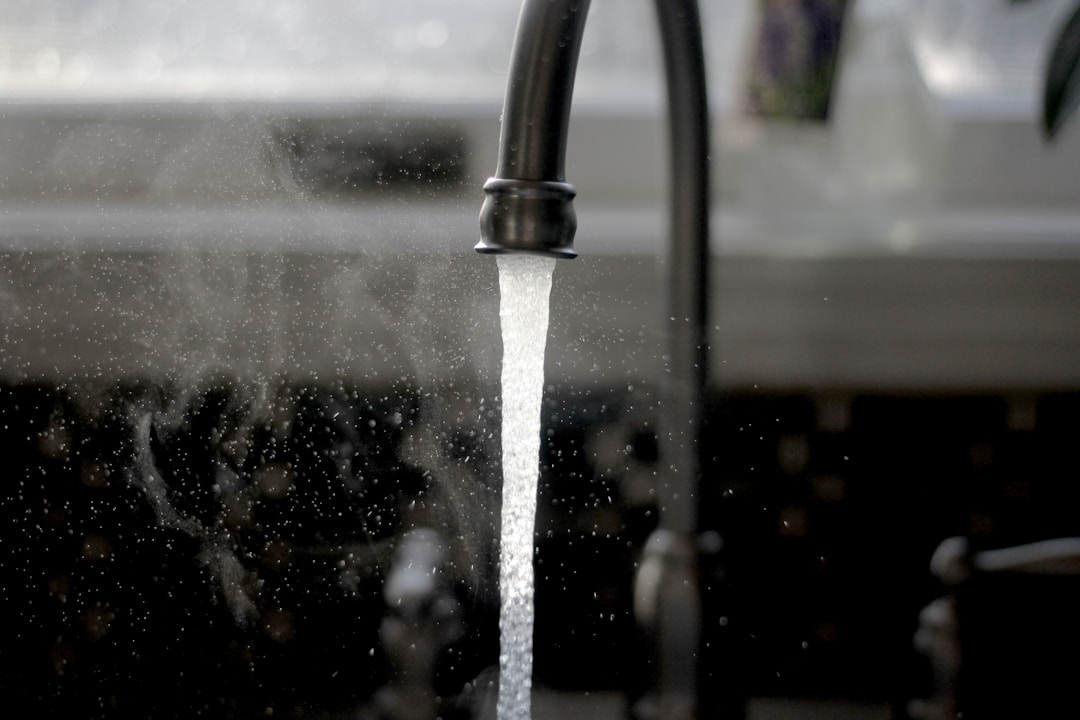Whether you’re taking a shower, brushing your teeth, or filling up a pot to boil pasta, you want some peace of mind knowing that the water in your household is safe for use. Local water departments will advise residents about concerns over water quality or the potential for pollution in their groundwater. That’s why many people have opted for ways of filtering their water to remove any concerning contaminants that can be detrimental to the health and well-being of them and their loved ones. Let’s take a closer look at some of those contaminants.
Heavy Metals

One of the most common contaminants that affect your water is heavy metals. Cement plants, natural mineral deposits, and even outdated household plumbing can lead to many metals seeping into drinking water. This includes metals like arsenic, lead, nickel, and mercury. Exposure to these heavy metals can lead to long-term health issues, as severe as anemia, cancer, and organ damage.
You’ve probably read about the recent water crisis in Flint, Michigan, where heavy metals from outdated pipes and plumbing systems have led to lead and other toxins finding their way into drinking water. This contamination of toxic substances has left residents in the community feeling extremely ill. Despite recent efforts to correct the issue, access to clean water remains a problem in Flint and other communities across the United States. In some areas of the country, radiological contaminants have become a concern. These are chemical elements with an unbalanced number of protons and neutrons resulting in unstable atoms that can emit ionizing radiation.
Fluoride & Nitrates

Yes, fluoride is helpful in preventing tooth decay and is recommended in dental products that you use, but too much of a good thing can be damaging to your overall health. Excessive levels of fluoride can lead to what’s known as skeletal fluorosis. Skeletal fluorosis causes tenderness and pain in the joints and bones. It also causes tooth discoloration or tooth pitting during the formative period for young children. These chemical contaminants can be a detriment to public health, which is why public water sources do their best to balance levels of fluoride.
Naturally occurring and man-made chemical contaminants can create problems for homeowners and their family members. Nitrogen, bleach, pesticides, and other toxins can create dangerous water pollution that can cause a litany of health problems after prolonged exposure. Nitrates are common contaminants in a water supply and are commonly found in chemical and animal fertilizers in agricultural areas. Chemical contaminants also stem from animal waste and human sewage that contaminates water through the movement of groundwater and water runoff. These reduce the abilities of the blood to carry oxygen, resulting in shortness of breath or reduced circulation, turning skin blue.
Organic Chemicals

While organic chemicals may sound like a good thing, the truth is they can lead to hidden dangers in groundwater. These chemicals contaminate private wells through surface water runoff, waste disposal, and spills. Organic chemicals are actually quite common in paints, pesticides, disinfectants, and other sources. Chlorine commonly interacts with organic materials in water to form a mixture of DBPs, and DBP concentrations in water in the United States have been shown to increase cancer risk.
DBPs, or disinfection byproducts, are also linked to exposure to heavy metals like arsenic, which has been commonly linked to risks associated with bladder cancer. Private wells, especially those dug on properties prior to 1960, have had to deal with concerns over waterborne diseases associated with these DBPs. It’s more important than ever to recognize the need for proper water filtration in your home. This makes sure that any amount of water you use is healthy for the use of you and your family members.
